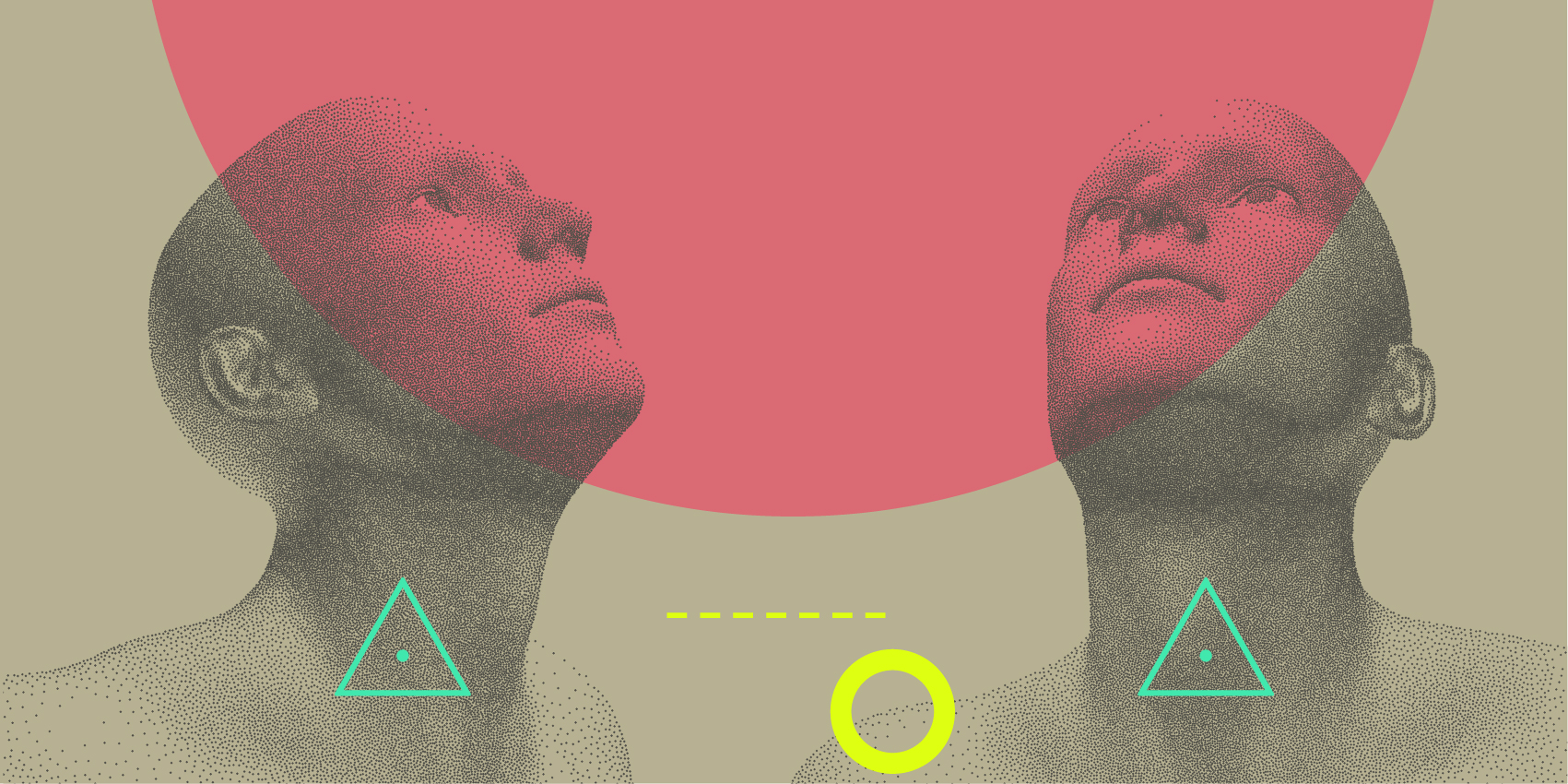Three Little-Known Use Cases for Blockchain Technology
Blockchain technology is often associated with cryptocurrencies like Bitcoin and Ethereum, but its real potential extends far beyond financial transactions. While most people have heard of its applications in decentralized finance (DeFi), supply chain management, and digital identity, there are several lesser-known but equally transformative use cases. Here are three innovative and under-the-radar ways blockchain is being used today.
Blockchain for Scientific Research and Peer Review
One of the biggest issues in scientific research is the lack of transparency and trust in the peer review process. Many researchers struggle with plagiarism, data manipulation, and biased publishing practices. Blockchain offers a solution by creating immutable records of research data, methodologies, and peer reviews.
By storing research data on a blockchain, scientists can provide verifiable proof of their findings, ensuring data integrity and preventing tampering. Additionally, blockchain-powered peer review systems allow researchers to submit reviews anonymously while ensuring their work is recorded on a transparent and censorship-resistant ledger. This could revolutionize academic publishing by making the process fairer and more accountable.
Real-World Example
The Pluto Network is a decentralized platform that leverages blockchain to improve scientific collaboration and transparency. It allows researchers to share findings openly, reducing barriers to knowledge dissemination.
Blockchain in Space Exploration and Satellite Communication
Space exploration involves complex logistics, international collaboration, and high-value assets. Blockchain can provide secure, decentralized tracking of spacecraft components, satellite communications, and even space-based financial transactions.
For example, blockchain can be used for satellite-to-satellite transactions, where autonomous satellites trade resources like bandwidth and data storage without intermediaries. This would enable an efficient and trustless space economy, reducing reliance on Earth-based control systems.
Another promising application is deep space data transmission. Blockchain can ensure data integrity when transmitting scientific discoveries from distant probes and rovers back to Earth, reducing the risk of data corruption and unauthorized modifications.
Real-World Example
The European Space Agency (ESA) has explored blockchain for satellite communication and data security, ensuring secure transfers of scientific information between Earth and deep space missions.
Blockchain for Digital Rights and Micro-Royalties
With the rise of digital content—music, videos, articles, and artwork—content creators face challenges in monetization and copyright enforcement. Blockchain-based digital rights management (DRM) allows creators to prove ownership, track content usage, and receive micro-royalties in real time.
Smart contracts enable automatic royalty payments every time a song, article, or video is streamed or purchased. This eliminates intermediaries such as record labels or publishers, ensuring that artists and content creators receive their fair share instantly.
Real-World Example
Audius, a blockchain-powered music streaming platform, allows artists to distribute their music directly to fans without record labels. Smart contracts ensure that payments are automatically sent to artists whenever their music is played.
Final Thoughts
Blockchain technology is far more than just a tool for cryptocurrency. From revolutionizing scientific research to enabling space transactions and empowering digital content creators, its applications continue to expand into unexpected industries. As adoption grows, we may see even more groundbreaking use cases that redefine how we interact with technology, data, and each other.
What other unconventional blockchain use cases do you find interesting? Share your thoughts!
